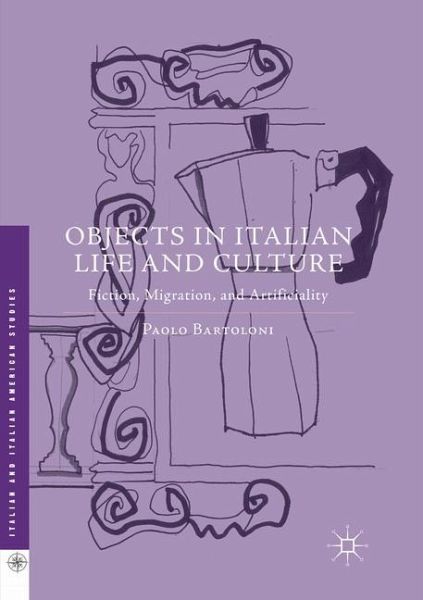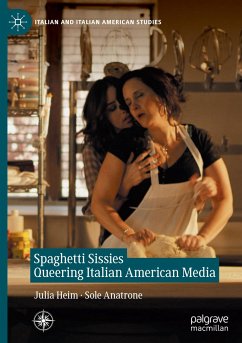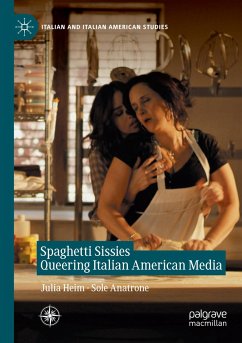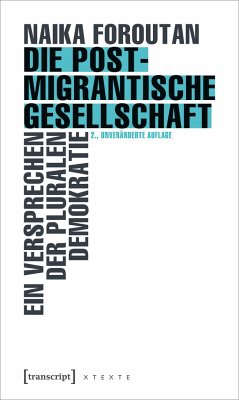
Objects in Italian Life and Culture
Fiction, Migration, and Artificiality
Versandkostenfrei!
Versandfertig in 6-10 Tagen
38,99 €
inkl. MwSt.
Weitere Ausgaben:

PAYBACK Punkte
19 °P sammeln!
This book makes visible the hidden relations between things and individuals through a discussion of creative processes and cultural practices. Italian life and culture are filled with objects that cross, accompany, facilitate or disrupt experience, desires, and dreams. Yet in spite of their ubiquity, theoretical engagement in the Italian context is still underdeveloped. Paolo Bartoloni investigates four typologies-the fictional, migrant, multicultural/transnational, and the artificial-to hypothesize that the ability to treat things as partners of emotional and creative expression creates a sen...
This book makes visible the hidden relations between things and individuals through a discussion of creative processes and cultural practices. Italian life and culture are filled with objects that cross, accompany, facilitate or disrupt experience, desires, and dreams. Yet in spite of their ubiquity, theoretical engagement in the Italian context is still underdeveloped. Paolo Bartoloni investigates four typologies-the fictional, migrant, multicultural/transnational, and the artificial-to hypothesize that the ability to treat things as partners of emotional and creative expression creates a sense of identity predicated on inclusivity, openness, care, and attention.














